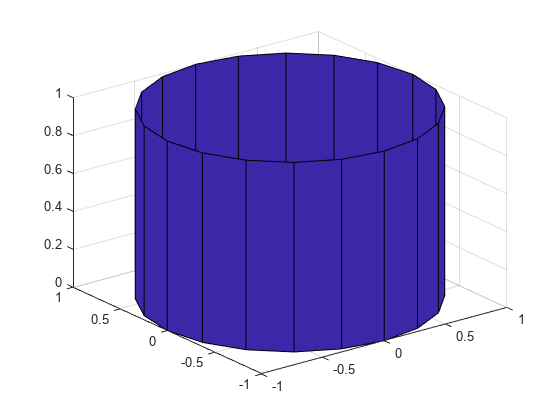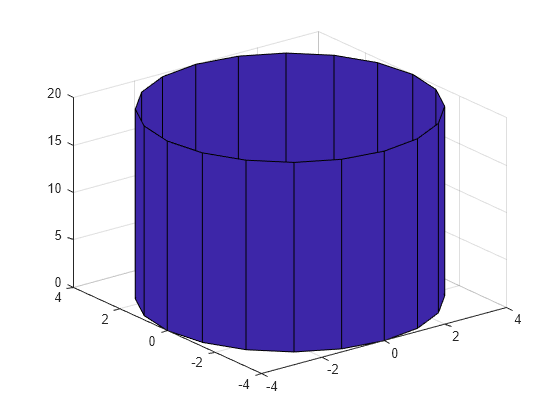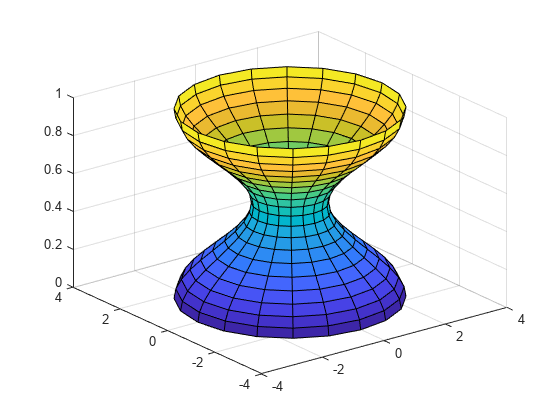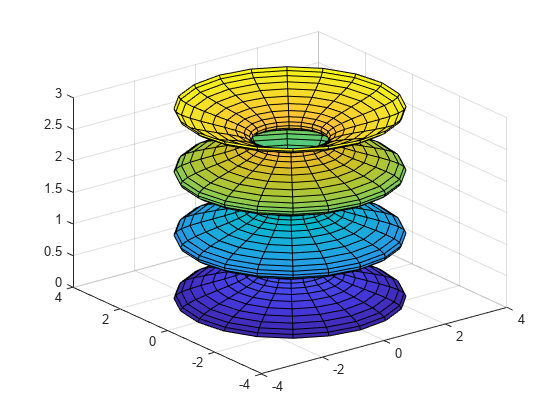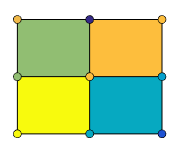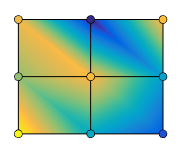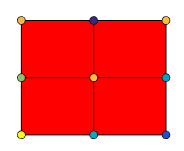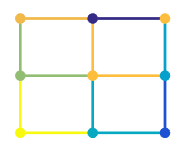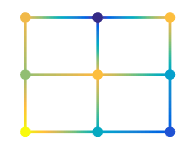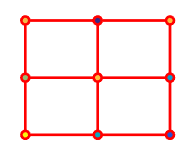cylinder
创建圆柱
语法
说明
创建气圆柱数据
[X,Y,Z] = cylinder 返回三个 2×21 矩阵,其中包含圆柱的 x、y 和 z 坐标,但不对其绘图。圆柱的半径为 1,圆周上有 20 个等间距点。底面平行于 xy 平面。
要绘制圆柱,请将 X、Y 和 Z 传递给 surf 或 mesh 函数。
[X,Y,Z] = cylinder( 返回具有指定剖面曲线 r)r 和圆周上 20 个等距点的圆柱的 x、y 和 z 坐标。该函数将 r 中的每个元素视为沿圆柱单位高度的等距高度的半径。每个坐标矩阵的大小为 m×21,其中 m=numel(r)。但是,如果 r 是标量,则 m=2。
绘制圆柱
cylinder(___) 绘制圆柱,但不返回坐标。请将此语法与上述语法中的任何输入参量结合使用。
cylinder(___, 使用一个或多个名称-值参量设置圆柱图的属性。例如,您可以指定圆柱的颜色和透明度。有关属性列表,请参阅 Surface 属性。 (自 R2024b 起)Name=Value)
cylinder( 将图形绘制到 ax,___)ax 指定的坐标区中,而不是当前坐标区中。指定坐标区作为第一个输入参量。
